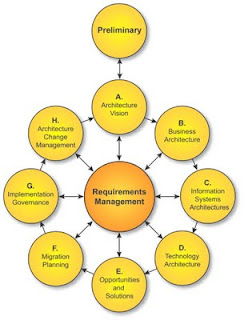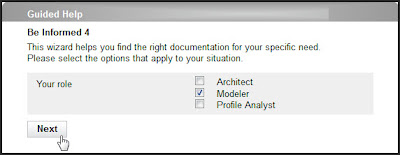Writing effective articles: 4. Sketch, define and then detail your story
In the previous episodes of this blog about writing effective articles, we have looked at two things:
- Defining your goal
- Defining your target audience
Creating the overall plan for your article
During my study in Linguistic competence, I learned to represent the structure of my text in an hierarchy. While this may work for informative articles, this is in my opinion not the best approach for goal-driven articles. For a goal-driven article the overall structure should in my opinion look like a process: a serial structure of steps leading towards a conclusion. In this first rough sketch of your article, you start to define the road that you want your readers to follow from their starting point towards the end of the article, where you must have reached your goal.While doing this, keep the following things in mind:- Think your story through
- Start with a teaser to attract your readers, then gradually work towards your conclusion
- Keep in mind your goal!
- Think of your story as a process, as linear as possible
Suppose you want to write an article in which your goal is to convince the audience to hire consultants from your company (Accenture in this case) to help them create more effective websites.
Your first sketch could than look like this:
This is a typical problem-solution structure, starting with the definition of the problem and then quickly leading the reader to the solution and the actions to take.
For this particular series of blogs, I have also created an overall structure. It looked like this:
So after a general introduction, I lead my readers to the (sort of) definition of an effective article and then dive into the method. As my end goal is that my target audience starts using the method, I will summarize my method and my final statements at the end of the article (or in this case: series of blogs).
Detail your building blocks
Often creating this high level first structure is enough to start the creative process that is needed to build up your text. Gather all the information you need for your article and start to place it under one of your building blocks. This is a fairly simple process that doesn’t need to take hours.
In this stage changing the order of your story is still simple, once you start writing it gets a lot more complicated. If you are working with a co-writer or reviewer, now is also the time to discuss your approach and overall structure. By doing so you can avoid time and frustration, changing the goal and/or structure of your article in a later stage is much more time consuming.
Write!
After we have detailed the overall structure to a level that we have a general feeling what our article will look like, it is time to move on to the next step: the actual writing. Read all about this step in my next blog post.




Comments